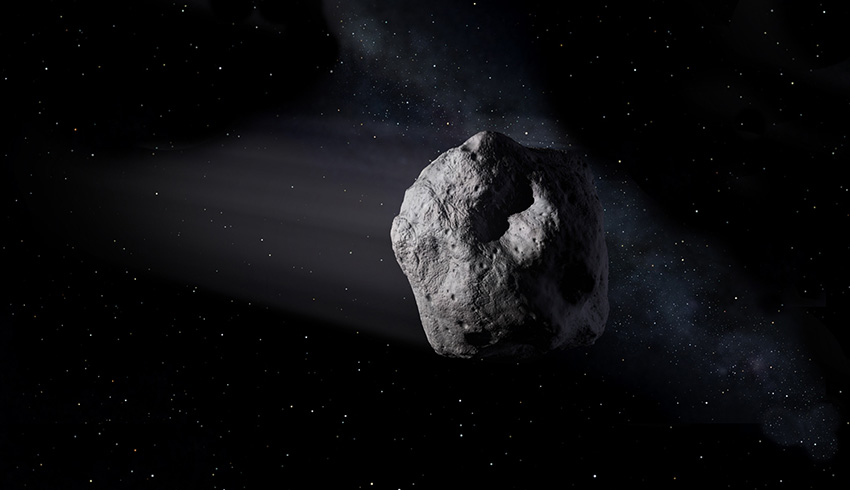Fortunately that won’t hit the Earth, though there was a time when there was thought to be a small but worrying chance that it might. That close passage will occur on 13 April 2029 – Black Friday – and people watching the sky in expectation of its arrival will see a spot of light which quickly becomes much brighter, eventually as bright as the stars.
It’s also fast. It’s estimated it will cross the width of the moon in a minute. It’s big, around 340 meters across and at its closest approach it will be about 19,000 miles from Earth, a lot closer than the moon and as close as some satellites in geostationary orbit.
This close approach will give scientists an unprecedented opportunity for examination of the asteroid surface from Earth. The approach of Apophis was discussed at the International Academy of Astronautics Planetary Defence conference in the US last week, where scientists considered means of detecting, tracking and characterising near-Earth objects and exploring means to deflect those that could potentially impact.
It also examined emergency procedures if and when an impact does occur.
“The Apophis close approach in 2029 will be an incredible opportunity for science,” said radar scientist Marina Brozović from the NASA Jet Propulsion Laboratory in Pasadena, California.
“We’ll observe the asteroid with both optical and radar telescopes. With radar observations, we might be able to see surface details that are only a few metres in size.”
Apophis was first spotted by astronomers at the Kitt Peak National Observatory in Arizona, USA, in June 2004, then located again by the Siding Springs Observatory in NSW in 2007.
Astronomers calculated there was a 2.7 per cent chance it would hit the Earth. But as the asteroid’s orbit became better known, impact was ruled out but there would still be a very close encounter.
Apophis will certainly be visible from Australia without optical aids, travelling east to west over the Australian mainland. It’s closest approach to Earth will be over the Atlantic Ocean.
Apophis will then head out into the solar system, returning to Earth in 2036 when there’s a one in 45,000 chance it will strike. Paul Chodas, director of the JPL Center for Near Earth Objects Studies (CNEOS) said Apophis is a representative of about 2,000 currently known Potentially Hazardous Asteroids (PHAs).
“By observing Apophis during its 2029 flyby, we will gain important scientific knowledge that could one day be used for planetary defence,” he said.
Asteroid strikes on earth have long been a staple of science fiction movies. While the chances are low the consequences could be devastating for life on Earth and scientists have been thinking seriously about how to deal with such a threat.

